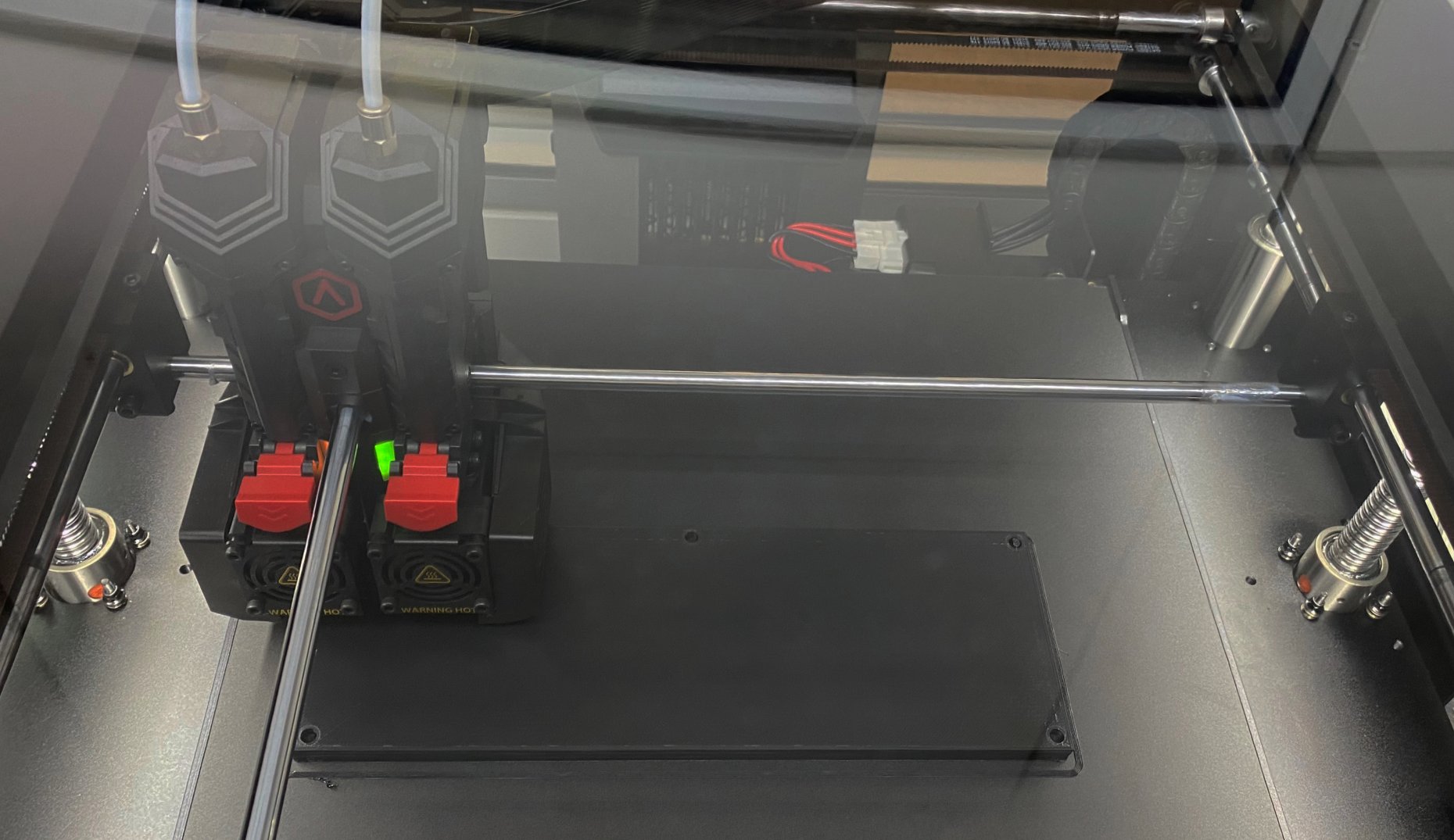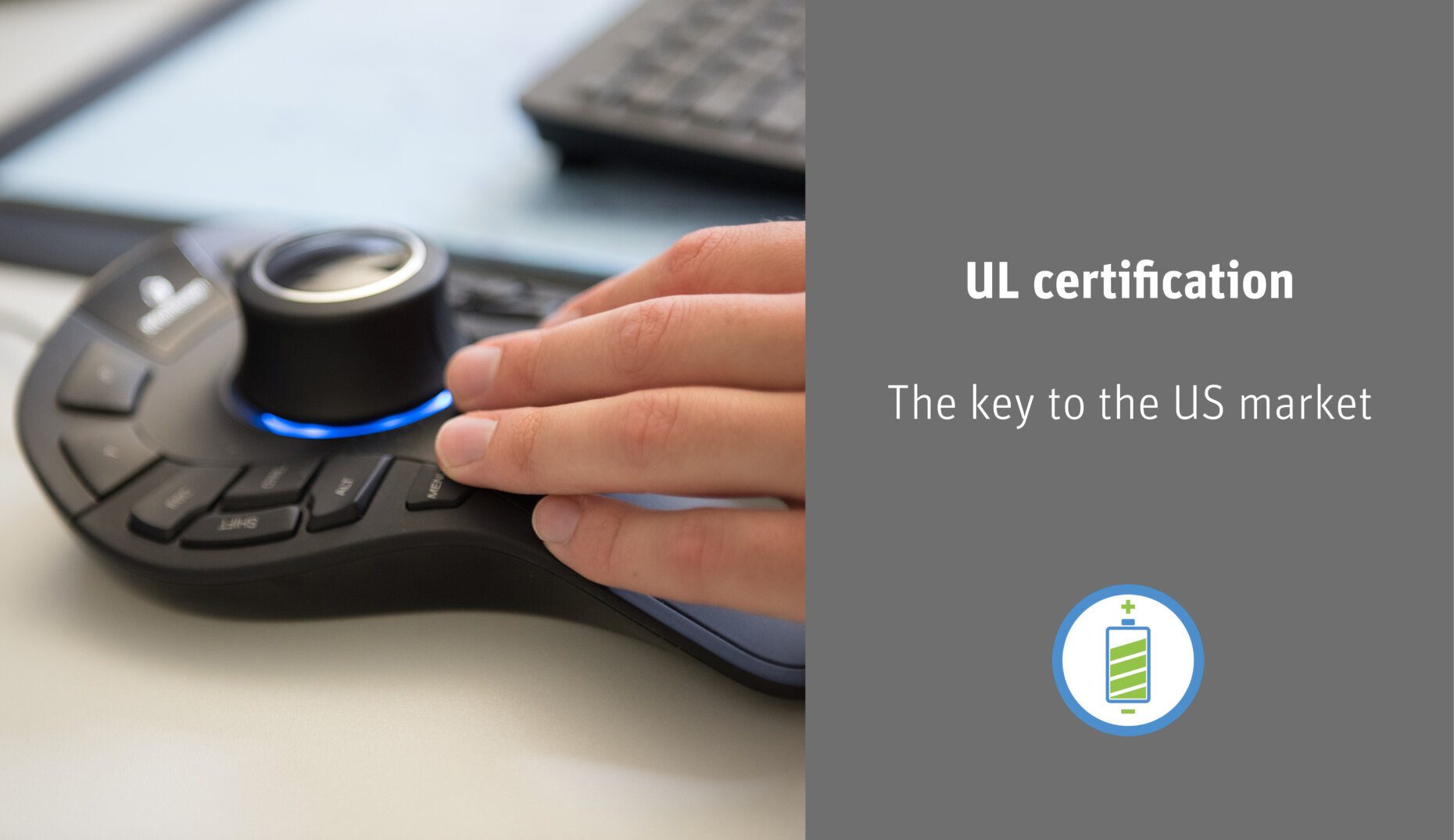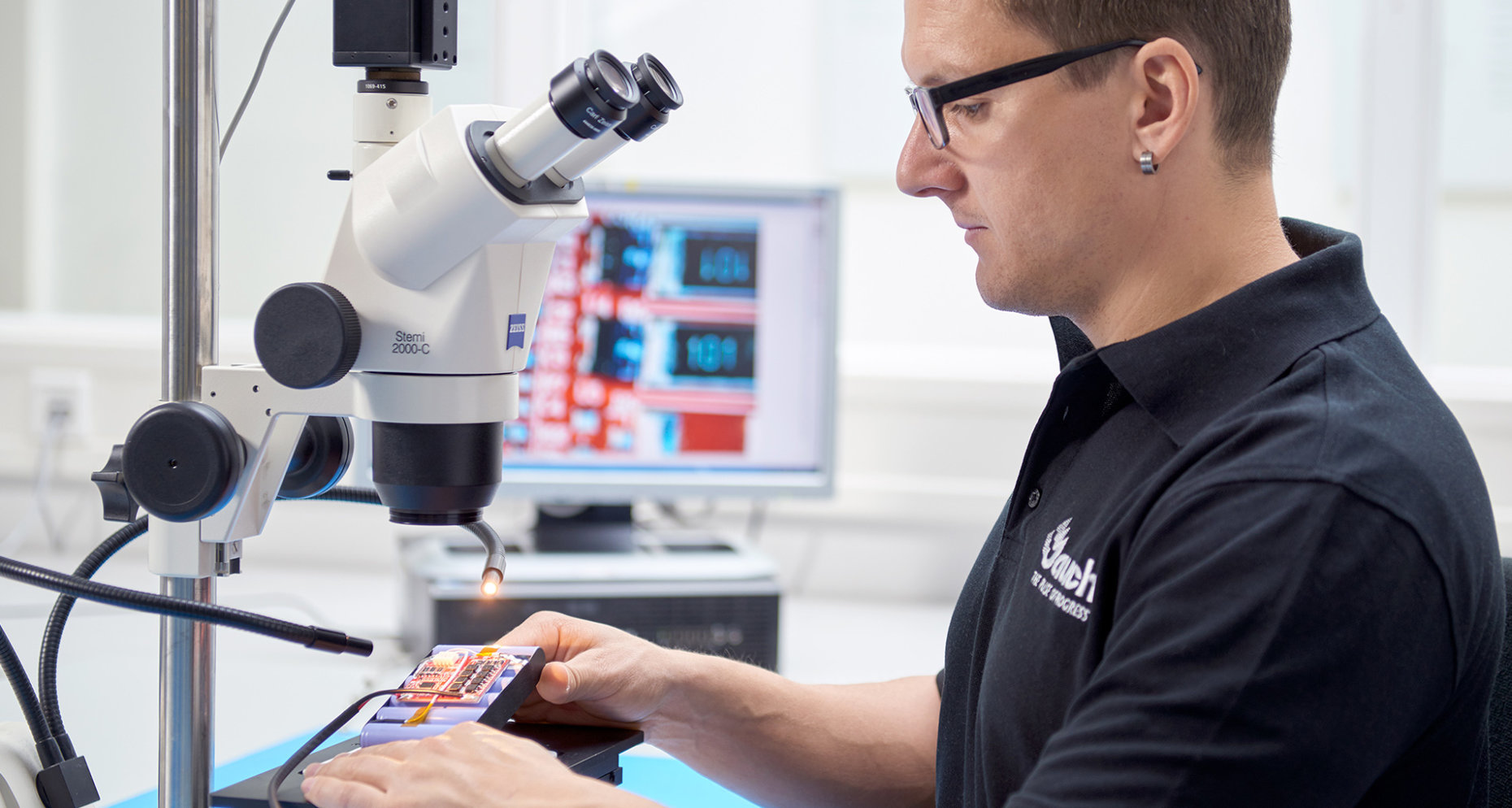Why smart metering is the future of energy supply and why nothing works in this area without reliable frequency components and stable power sources
Everyone is talking about “smart metering”. But what exactly is this buzzword all about? And why would this technology be pretty much useless without frequency-stable clocks and reliable power sources? By “smart metering”, we are talking about a technology that monitors and analyzes energy consumption in residential and commercial facilities in real time. “Smart meters”
- Published in Battery Technology, Frequency Control Products
Hot, hotter, battery problems? How to protect your battery-powered devices in summer
Summer is now slowly getting underway in Germany and we are all looking forward to the high temperatures. But have you ever thought about what this means for your battery-powered device? The heat has a significant impact on the performance and lifespan of batteries in portable devices such as smartphones, laptops and cameras. In this
- Published in Battery Technology
Creating a prototype in a short time – with the 3D printer
A new machine is improving our sample and prototype construction in Villingen-Schwenningen – although calling it a ‘machine’ may be stretching it 😊. Instead, what we have is a 3D printer, which brings a number of advantages: both our customers and our own in-house staff now benefit from greater speed and flexibility when it comes
- Published in The Company
UL certification – the key to the US market
For market access in the USA, a so-called NRTL test mark is required for many products. As NRTL does not have its own test mark, test laboratories are accredited accordingly and their test marks are then recognised as NRTL test marks. The most important test mark on the US market comes from Underwriter Laboratories (UL).
- Published in Battery Technology
Mandatory program for shipping batteries: the UN 38.3 transport test
There are various certifications that are relevant when dealing with batteries. On the one hand, this includes the UN38.3 transport test, which concerns the transport safety of lithium batteries. This test is a must as soon as batteries are shipped. On the other hand, there are certifications that, although not mandatory, confirm the safety of
- Published in Battery Technology
6 Important Parameters for the Design-In of Lithium Polymer Batteries
A standardized battery fits into any compatible compartment – after all, that’s why standards are defined. Depending on the application, however, button cells and cylindrical batteries reach their limits. A Smartwatch, for example, has a significantly higher energy consumption than an ordinary wristwatch. A simple button cell is therefore far from sufficient to cover the
- Published in Battery Technology


 Deutsch
Deutsch 




